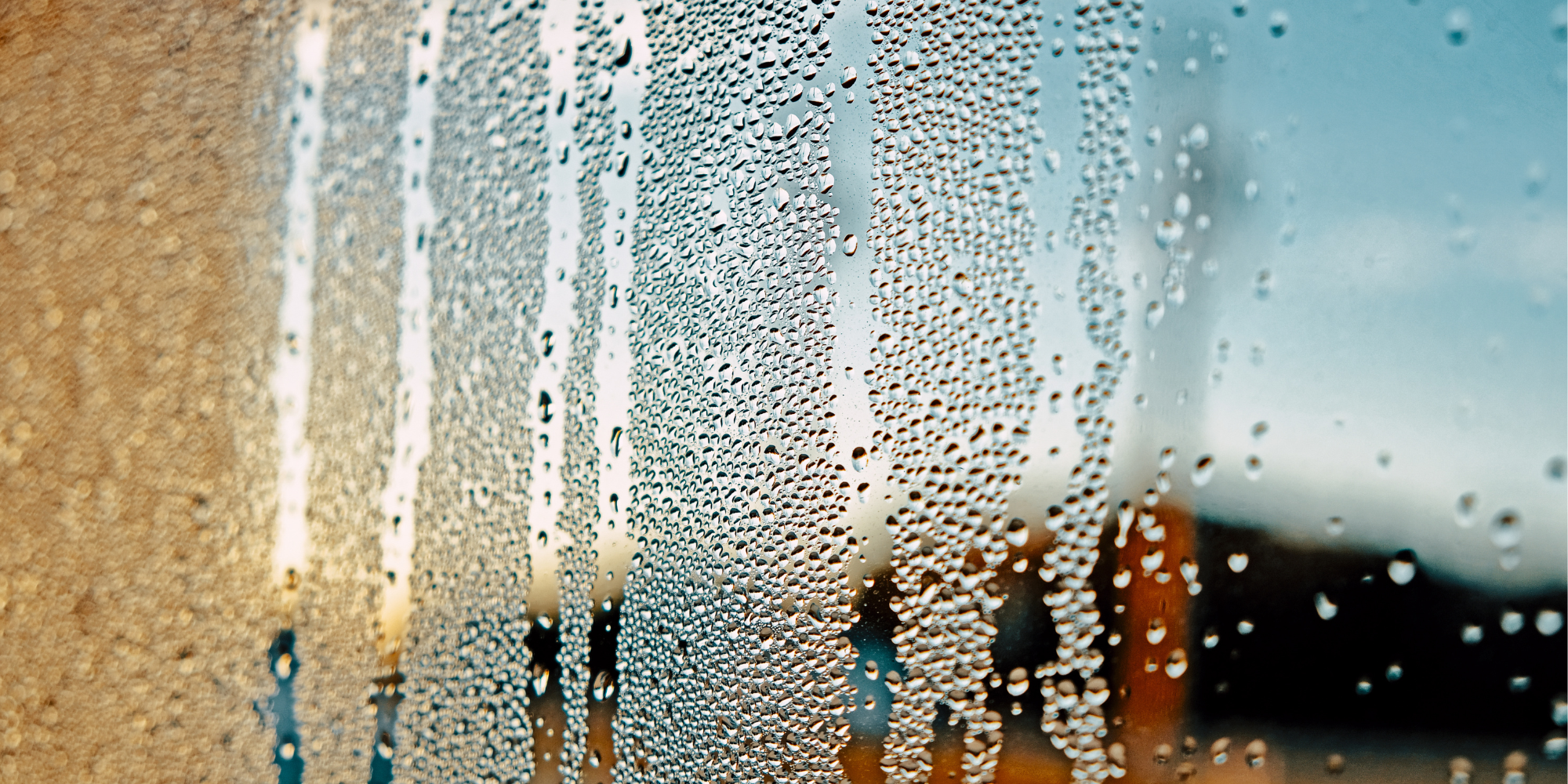Why Your Home’s Humidity Levels Matter (And How to Fix Them)
Humidity plays a crucial role in maintaining a comfortable and healthy home environment. Too much or too little humidity can lead to a variety of problems, from health issues to property damage. Understanding the ideal humidity levels and how to manage them can improve your overall well-being and protect your home.
The Importance of Proper Humidity Levels
1. Health Impacts
Too Much Humidity: High humidity levels (above 60%) can encourage mold growth, dust mites, and allergens, leading to respiratory issues, allergies, and skin irritation.
Too Little Humidity: Low humidity (below 30%) can cause dry skin, irritated sinuses, sore throats, and increased susceptibility to colds and infections.
2. Home Damage Risks
Excess Moisture: Can lead to mold growth, warped wood, peeling paint, and structural issues.
Too Dry: Can cause wood furniture and flooring to crack or split, and increase static electricity in your home.
3. Energy Efficiency
Proper humidity levels make heating and cooling more efficient. High humidity makes the air feel warmer, causing you to overuse your AC, while low humidity makes the air feel colder, increasing heating costs.
How to Measure Humidity in Your Home
The easiest way to measure humidity is by using a hygrometer, a device that measures moisture in the air. Many modern thermostats also include humidity sensors, making it simple to monitor your home’s levels.
How to Fix High Humidity Levels
If your home feels damp or sticky, and you notice condensation on windows or mold growth, you likely have excessive humidity. Here’s how to reduce it:
1. Use a Dehumidifier
A dehumidifier removes excess moisture from the air, making your home more comfortable. Choose a whole-house dehumidifier for large spaces or a portable unit for targeted areas.
2. Improve Ventilation
Use exhaust fans in bathrooms and kitchens to remove excess moisture.
Open windows when possible to allow fresh air circulation.
3. Fix Leaks and Waterproof Your Home
Check for leaks in plumbing and roofing that may be contributing to excess moisture.
Seal gaps around windows and doors to prevent humid air from entering.
4. Use Air Conditioning Properly
Set your AC to an optimal temperature and ensure it is functioning correctly.
Clean or replace AC filters regularly to maintain efficiency.
How to Fix Low Humidity Levels
If you notice dry skin, increased static electricity, or respiratory discomfort, your home’s humidity may be too low. Here’s how to increase moisture:
1. Use a Humidifier
A humidifier adds moisture to the air and can be particularly helpful during winter. Whole-house humidifiers connect to your HVAC system, while portable models work well for individual rooms.
2. Add Houseplants
Certain plants, such as peace lilies and ferns, naturally increase humidity by releasing moisture into the air.
3. Use Water Sources
Place bowls of water near heating vents or radiators to increase moisture levels.
Take warm showers with the bathroom door open to let moisture spread throughout your home.
4. Seal and Insulate Your Home
Prevent excessive dryness by properly sealing doors and windows to keep warm, moist air inside.
Maintaining Ideal Humidity Levels Year-Round
Experts recommend keeping indoor humidity levels between 30-50% for optimal comfort and health. Investing in a smart thermostat with humidity control can help you maintain balanced moisture levels automatically.
Get Expert Help with Your Home’s Humidity
Balancing humidity levels is essential for your home’s comfort, efficiency, and safety. If you’re struggling with high or low humidity issues, American Electrician & Heating in Colorado Springs can help. Our experts offer HVAC solutions, dehumidifier and humidifier installations, and ventilation improvements to keep your home in perfect balance. Contact us today to schedule a consultation!

